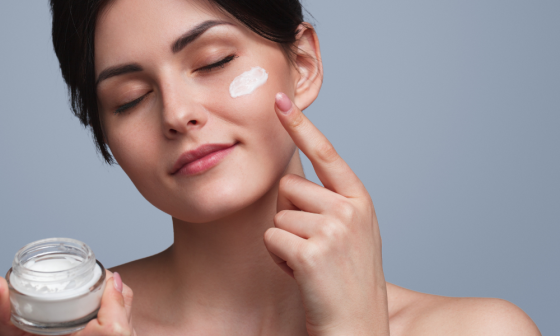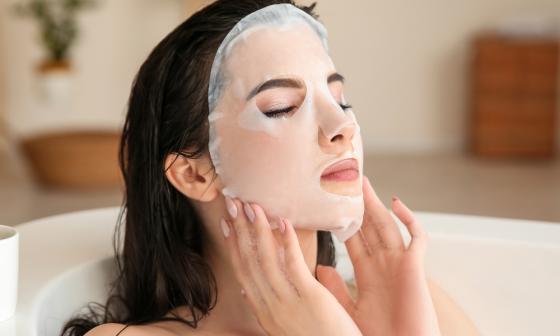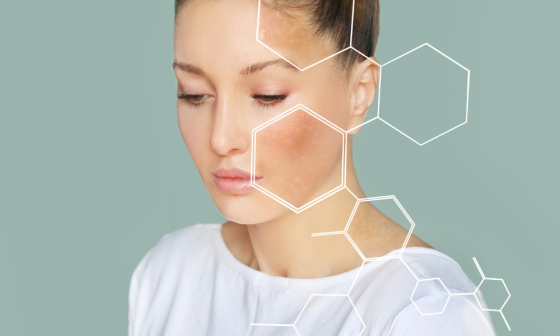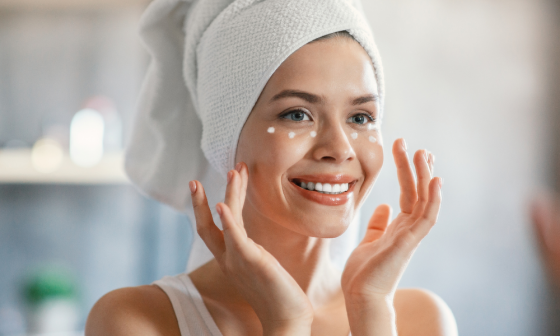A facialist? What’s that? you might ask. A facialist, also called an aesthetician, is the person responsible for carrying out facials and other types of skin treatments, like waxing or microdermabrasion. They help your skin to look its best by removing anything that will block your pores or cause further harm to your skin. Facialists are skilled in the latest techniques and products, but they also have plenty of experience with what has worked in the past as well and can make recommendations based on your preferences or needs.
What does a Facialist Do?
Facialists are experts in skin care and are trained to provide treatments for your face and body. They’re licensed professionals who’ve completed hundreds of hours of specialised training under an experienced aesthetician or cosmetologist. A facial can treat everything from blemishes to fine lines, resulting in younger-looking skin that feels softer and smoother than ever before. Facials can also be used as preventative measures against premature aging, acne, and dryness. Facials aren’t just for women—men should have them too! (And if you don’t believe us, ask any woman!) Men often have different concerns when it comes to their skin; some men have more oily skin while others suffer from dullness or redness. Whatever your concern may be, there is a facial treatment out there that will help you achieve clearer, healthier looking skin.
Why Consider A Facialist?
Did you know that dermatologists aren’t licensed to give facials? Most people don’t. Why is that so important to consider when looking for an aesthetician in your community or searching for services online? When you are buying beauty services, it’s important to understand which kinds of treatments and procedures different professionals can perform. Here’s why: Aesthetician vs. Dermatologist: What You Need To Know About Services and Professional Qualifications
Aestheticians are trained in skin care and often offer similar services as dermatologists, but their training is not as extensive. For example, aestheticians can provide chemical peels (dermatologists cannot), but they may not be able to prescribe topical medications for acne treatment or prescribe oral medications for rosacea treatment. They also typically don’t have access to prescription-strength retinoids or other prescription products. In addition, some aestheticians are trained only in aesthetic procedures like facials and microdermabrasion; others may offer basic medical treatments like Botox injections. It’s important to understand which kinds of treatments your aesthetician can perform. This information should be available on your provider’s website or when you call to make an appointment. If you aren’t sure whether you should see an aesthetician or a dermatologist, schedule an appointment with both providers and ask questions about their education, professional qualifications, experience level, and specialties before making your decision.
Why have a facial?
Facials are not just for special occasions, or when you have breakouts. Regular facials can really make a difference in how your skin looks and feels. Most of us live busy lives that mean we don’t always look after our skin as well as we should. A series of regular facials over time can help your skin maintain its health and reduce fine lines and wrinkles, discoloration, acne, enlarged pores and other common problems for people with all skin types. It doesn’t matter if you have oily, dry, combination or sensitive skin—facial treatments can be tailored to suit your specific needs. Your aesthetician will use products made especially for your skin type (for example, products containing anti-aging ingredients like retinol). You may also be offered home care products to take home with you so that you can continue to enjoy healthy-looking skin between visits. Do I need a facial? No one knows your skin better than you do. If you feel that it could benefit from some extra TLC, schedule an appointment with an aesthetician who specialises in customized treatment plans. At your first visit, ask about her or his background and training, any restrictions on procedures based on age or medical conditions (like rosacea), and how many times per year she recommends having a facial.
How To Choose The Right Facialist For You
Finding and keeping a good facialist can be a challenge, but with a little research, you can find one that will work with your skin type and give you great results. We spoke to three different estheticians about how to choose a facialist who’s right for you. Here’s what they had to say:
3 Questions To Ask When Choosing A Facialist:
Esthetician Rosie Tran of Argyle Salon & Spa tells us that it’s important to ask your potential facialist questions before committing to a service—and after: When meeting with them initially, [ask] if they have experience working on clients like me, as well as my concerns and goals. Then when you are receiving services, make sure you communicate any discomfort or redness immediately so they can adjust their technique accordingly.
Potential questions
1) Do you specialise in skin care for your skin type or ethnicitiy?
2) What treatments do you recommend for my specific skin type and concerns?
3) How often should I be coming in for treatments?
4) Are there any products I should be using at home between visits to maximize results from our sessions together?
Commonly Asked Questions About Facials
What is a facial?
A skin treatment that can include steam, exfoliation, extractions and serums. Facials are intended to treat your individual skin type and address any specific concerns you have (e.g., fine lines, acne). In addition to improving your complexion, facials can also leave your skin feeling smoother and softer than before. The term facial refers to any basic skin treatment—it does not refer specifically to aesthetician-provided treatments.
What’s in an at-home facial kit?
Many skin care companies sell kits that include products and instructions for home facials. These kits can be convenient because you can use them whenever you want. However, it’s important to note that these treatments are not as effective as professional facials.
What are some benefits of getting a facial?
Facial treatments have many benefits, including improving your skin’s texture and tone. In addition to improving your complexion, facials can also leave your skin feeling smoother and softer than before.
How often should I get a facial?
It’s best to schedule facials at least once every few months—more frequently if you have oily or acne-prone skin. If you are interested in incorporating home facials into your routine, it’s best to use them as an adjunct to professional facials rather than in place of them.
How long does a facial last?
The length of time for a facial varies depending on its type and how long it takes for your aesthetician to perform all of her services.
What’s an aromatherapy facial?
Aromatherapy facials use essential oils that are meant to be absorbed into your skin. These types of facials can help treat acne, psoriasis and eczema, as well as stress-related conditions like anxiety and depression.
What does it mean when my aesthetician says she is going to extract something from my face?
Extractions refer to treatments that remove blackheads and whiteheads from your skin. This process can be uncomfortable but effective at reducing breakouts.






